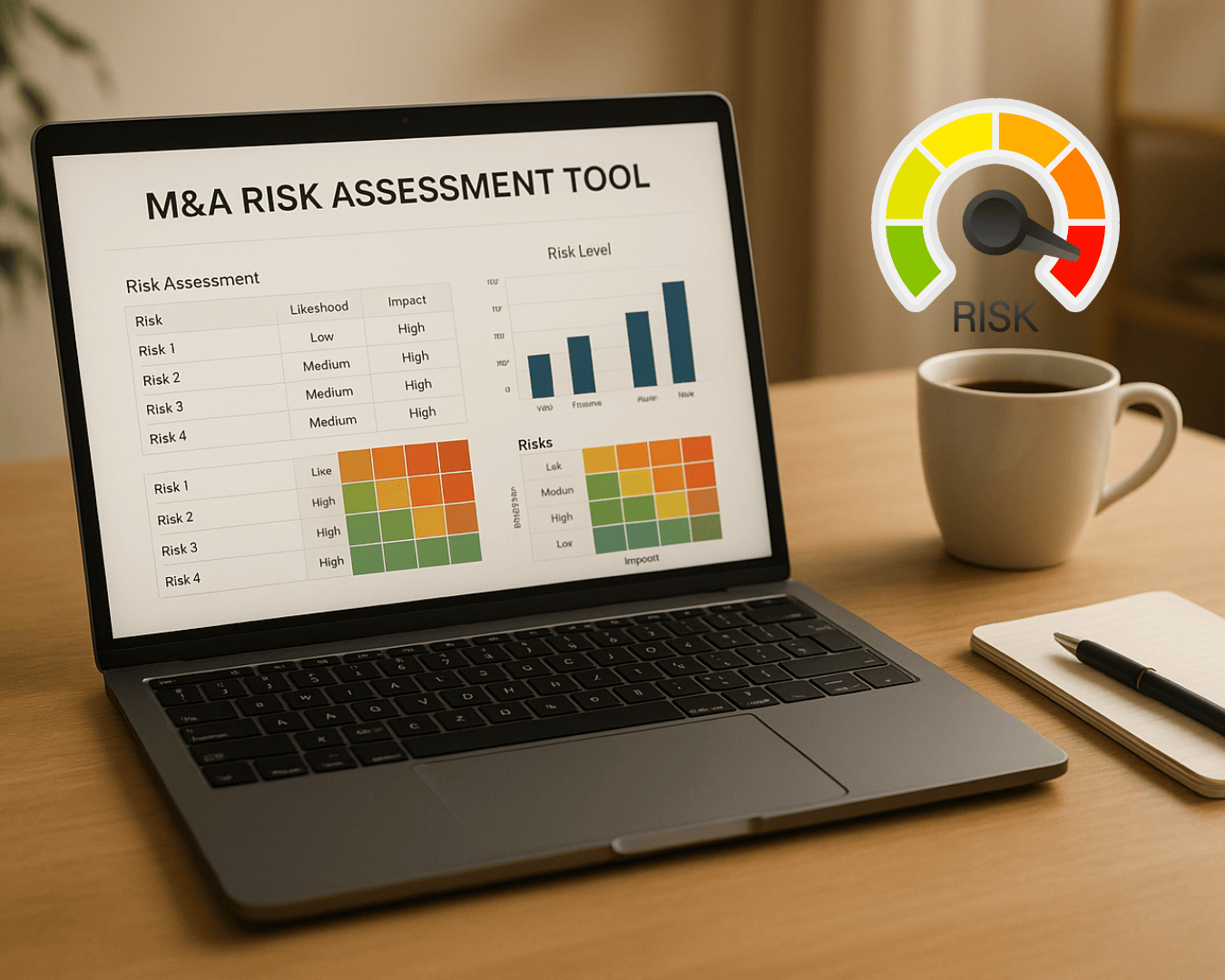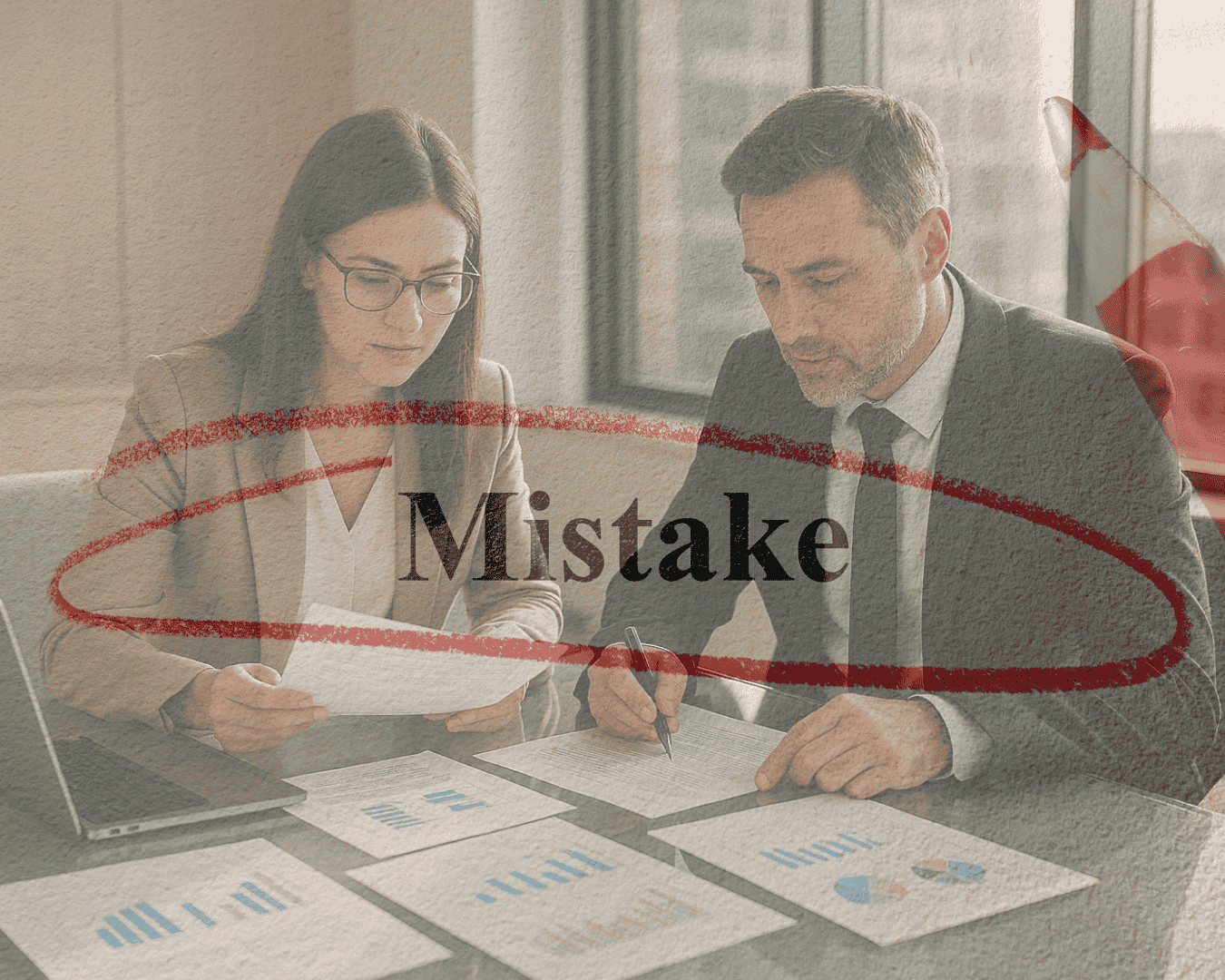When buying a business, skipping a litigation review can lead to financial losses, disrupted operations, or even deal cancellations. This process identifies ongoing lawsuits, regulatory issues, or historical disputes that could impact the purchase price, financing, or future success of the deal. Here's why it matters:
- Hidden Risks: Unresolved lawsuits or regulatory violations can reduce a company’s value or create long-term liabilities.
- Deal Impact: Legal risks often lead to price reductions, escrow requirements, or indemnity clauses, complicating negotiations.
- Preparation: A strong team of legal, financial, and compliance experts is critical to identifying and managing these risks.
- Documentation: Organizing and verifying legal records ensures no issues are overlooked.
For example, Verizon reduced its 2017 Yahoo acquisition price by $350 million after discovering data breach liabilities. Thorough litigation reviews help buyers negotiate better terms and avoid costly surprises. Below, we outline how to conduct a detailed litigation review, from team building to risk assessment.
What Lawyers Look for in M&A Due Diligence (Insider's Guide)
Pre-Diligence Preparation
Getting ready for litigation due diligence is all about laying the groundwork to spot potential legal risks that could affect your deal. Without proper planning, you could miss important issues or waste valuable time.
Building Your Due Diligence Team
The makeup of your due diligence team will depend on the specifics of the transaction, but there are certain key players you'll want to include for a thorough litigation review.
At the heart of the team are legal experts. This includes both your in-house counsel and external law firms with experience in mergers and acquisitions. These professionals are skilled at spotting red flags in legal documents and evaluating the impact of ongoing disputes.
You'll also need accounting and tax specialists. They bring essential insights by estimating financial exposure from litigation risks, such as potential settlement costs, ongoing legal fees, and the tax consequences of judgments or settlements. These estimates often play a major role in negotiations around price adjustments or indemnity clauses.
A junior lawyer can be invaluable for managing the flow of documents. They act as the central point for tracking progress, managing deadlines, and ensuring smooth communication among the team.
If the deal involves industry-specific concerns, compliance experts should be part of the team. For example, healthcare deals may require someone familiar with HIPAA regulations, while manufacturing might need someone versed in environmental compliance.
Depending on the target company's risk profile, outside consultants like insurance advisors may also be necessary. They can evaluate whether the company's existing insurance coverage is sufficient to manage identified litigation risks and suggest additional coverage if needed.
The goal is to build a team with diverse expertise, avoiding redundancy, so each member brings a unique perspective to the table.
Setting the Scope of Litigation Review
Clearly defining the scope of your review is crucial. This includes identifying the target entity, the timeframe, and the key areas of focus - such as current, threatened, and historical litigation, as well as disputes involving vendors, customers, or partners. As David Holt advises:
"Clearly define the scope of the due diligence review, specifying the target entity, the timeframe, and the key areas of focus. This will ensure efficiency and prevent unnecessary delays."
Start by pinpointing the target entity and any related subsidiaries, affiliates, or predecessor companies. Litigation risks often hide within complex corporate structures, so mapping out all entities tied to the target company is essential.
Pay extra attention to environmental, regulatory, and safety issues. These areas often come with hefty financial risks and may involve ongoing compliance obligations. They can even lead to civil or criminal penalties, especially when government agencies are involved.
Your focus should be on identifying "red line" issues - those deal-breakers that could jeopardize the transaction entirely. Instead of relying on a one-size-fits-all checklist, tailor your review to the specific business and industry at hand.
Once the scope is defined, organize your documentation to align with these focus areas.
Organizing Documentation
Properly organizing documents is critical for an efficient litigation review. Poor organization can lead to missed deadlines, overlooked risks, and unnecessary frustration for your team.
Set up logical file structures with folders for categories like "Current Litigation", "Historical Disputes", and "Regulatory Issues." Within these, create subfolders for individual matters. Use clear and consistent naming conventions, such as "Smith_v_TargetCorp_Complaint_2023-03-15.pdf", to make file contents immediately identifiable.
Convert all documents into searchable digital formats, complete with indexing and metadata tags for details like case status, document type, and risk level. This makes it easier to filter and find specific files during negotiations.
Before sharing documents with the team, redact any confidential information. Store everything in a secure database or virtual data room with tiered access levels, ensuring team members only see what they need to know.
Keep files up to date by removing outdated versions and archiving older ones for reference. Train your team on these organizational practices to maintain consistency and efficiency, especially when working under tight deadlines with large volumes of material.
While this preparation phase requires time and effort upfront, it streamlines the entire litigation review process and helps ensure no critical risks are missed.
Litigation and Dispute History Checklist
Now that your team and paperwork are in order, it’s time to dig into the review process. This checklist will help you spot potential legal risks that could disrupt your deal or lead to unexpected financial liabilities.
Reviewing Current Litigation
Start by examining any active lawsuits involving the target company, whether as a plaintiff or defendant. These cases often carry immediate financial risks and require a thorough analysis of potential outcomes.
Gather all relevant case files, including complaints, motions, discovery documents, and settlement discussions. Assess the financial exposure for each case, such as judgments, ongoing legal fees, and potential settlement costs. Create a detailed summary covering the parties involved, the nature of the claims, the case status, trial dates, estimated resolution timelines, and associated legal representation costs, including law firms and billing rates.
Don’t just focus on the financial side. Consider whether any case could harm the company’s reputation or disrupt key relationships. For example, a breach of contract lawsuit with a major customer might have broader consequences beyond the monetary damages.
After reviewing active cases, shift your focus to potential threats that could escalate into litigation.
Identifying Threatened Litigation
Threatened litigation, such as demand letters or cease-and-desist notices, can be just as concerning as active cases. Review all communications from attorneys representing third parties, even if no formal lawsuit has been filed yet. These letters often hint at legal actions that could arise in the near future.
Pay attention to insurance claims that might involve coverage disputes. Additionally, keep an eye on regulatory investigations or enforcement actions. Subpoenas, inquiries, or other communications from government agencies can signal potential formal proceedings, which might result in fines or additional compliance requirements.
Once you’ve identified current and emerging risks, take a closer look at past disputes for patterns that could indicate ongoing challenges.
Reviewing Historical Litigation
Examining past legal disputes - especially those from the last three to five years - can provide valuable insights into the company’s practices and potential risks. Look for recurring issues, such as repeated employment disputes that could point to HR problems, frequent contract breaches that suggest weak contract management, or product liability claims that highlight quality control concerns.
Pay attention to how these disputes were resolved. For instance, frequent large settlements might indicate a tendency to avoid litigation by paying claims, which could encourage similar actions in the future. On the other hand, a history of successfully defending claims might deter frivolous lawsuits.
One example showed how litigation search tools uncovered undisclosed labor court cases, prompting adjustments in valuations and escrow arrangements.
Checking Vendor, Customer, and Partner Disputes
Disputes with vendors, customers, or partners can reveal operational risks beyond formal lawsuits. Review contracts with key stakeholders to understand their dispute resolution terms and obligations.
Examine aging accounts for any irregularities. Large overdue balances could indicate unresolved disputes rather than standard collection delays. Additionally, review communication records for formal complaints or threats that might affect ongoing relationships.
Reviewing Environmental, Regulatory, and Safety Issues
Environmental and regulatory concerns often bring significant financial and compliance risks. Review environmental assessments and communications with agencies like the EPA or state departments. Look for any violations, cleanup orders, or ongoing monitoring requirements that could lead to substantial costs.
Check OSHA records and workplace safety reports. Repeated violations could suggest a poor safety culture, inviting regulatory scrutiny or higher insurance premiums. Confirm compliance with industry-specific regulations, such as HIPAA for healthcare, banking rules for financial institutions, or safety standards for manufacturers. Ensure all licenses and permits are current to avoid penalties, shutdowns, or fines.
The stakes are high - new sanctions increased by 50% in 2023, making regulatory compliance a top priority for due diligence professionals.
sbb-itb-a3ef7c1
Documentation and Verification
To complete a thorough legal risk profile, it's crucial to gather and verify all relevant documentation. Detailed records and independent verification serve as the backbone for identifying and confirming litigation risks uncovered during initial reviews. This process provides the foundation for future risk assessments and deal negotiations.
Required Documentation for Litigation Review
To conduct a comprehensive litigation review, collect key documents from all pertinent sources. Begin by obtaining pleadings and court filings for active cases, which should include complaints, answers, motions, and any judicial orders. These documents provide insights into the claims, defenses, and procedural status of each case.
Examine settlement agreements for any ongoing obligations or payment schedules that could impact future financial performance. Carefully review the terms to confirm whether the company has met its obligations or if further liabilities remain.
Additionally, gather all correspondence between the company and opposing counsel. These communications often contain critical information, such as settlement negotiations, threats of legal action, or admissions that may not be evident in formal court filings. Supplement this with related documentation, including insurance communications and legal invoices, to evaluate ongoing liabilities and estimate future legal expenses. Legal invoices can also reveal which law firms are involved, their billing rates, and the overall scope of legal exposure.
Using Public Records and Internal Data
Validate litigation details by cross-referencing public records with internal data. Public records searches should include UCC filings, federal and state tax liens, judgments, state and federal litigation, bankruptcy records, and OFAC (Patriot Act) searches.
For accuracy, rely on trusted third-party search providers. Ensure these providers deliver results directly to you, bypassing intermediaries to maintain data integrity.
If you find discrepancies between public records and internal documentation, investigate them immediately. Additional searches, such as criminal records, corporate filings, and property records, can uncover litigation patterns or regulatory concerns that might not be immediately apparent. For example, a history of regulatory violations in public records could signal deeper compliance issues that may lead to future legal challenges.
Once all documentation is verified, consolidate the findings to communicate risks clearly and effectively.
Tracking Litigation with Summary Tables
Use summary tables to organize and present litigation data. Include key details like case name, jurisdiction, status, claims, damages sought, estimated exposure, timeline, and legal costs.
| Case Name | Court | Status | Claims | Damages Sought | Est. Exposure | Timeline | Legal Costs |
|---|---|---|---|---|---|---|---|
| ABC Corp v. Target Co. | State Superior | Active | Breach of Contract | $500,000 | $300,000 | 6-12 months | $75,000 |
| Target Co. v. XYZ Vendor | Federal District | Settlement Pending | Payment Dispute | $150,000 | $100,000 | 2-3 months | $25,000 |
For historical litigation, create summaries that highlight resolution trends, settlement amounts, and recurring issues. This historical data can help pinpoint whether past problems might resurface or indicate ongoing operational challenges.
Keep these tables updated throughout the due diligence process to ensure your team has the most current information. These summaries are also invaluable during deal negotiations, allowing you to quantify litigation risks and support valuation adjustments or indemnification clauses.
Risk Assessment and Deal Impact
After verifying documentation, the next step is to evaluate how legal risks could influence your deal. This analysis helps shape the valuation, structure, and negotiation process.
Evaluating Litigation Risks
Each litigation issue should be assessed based on financial exposure, the likelihood of an unfavorable outcome, and potential operational or reputational consequences. For example, a lawsuit demanding $2.5 million in damages with $200,000 already spent on legal fees poses a much greater risk than a $75,000 vendor dispute.
Cases with weak legal grounds or strong chances of settlement generally carry lower risk compared to those with clear liability and strong evidence against the company. Early-stage disputes often present more opportunities for resolution, while cases closer to trial tend to involve higher costs and unpredictable outcomes.
Litigation tied to essential customers, suppliers, or intellectual property can disrupt operations, even if the financial exposure appears manageable. For consumer-facing businesses, negative publicity from lawsuits can damage customer trust and harm their market position.
A 2023 Deloitte survey revealed that 57% of failed M&A deals cited undisclosed or underestimated legal liabilities as a major reason.
Negotiating Indemnities and Adjustments
Once risks are quantified, deal terms can be adjusted to address potential liabilities. This might include negotiating indemnities, setting up escrow accounts, or reducing the purchase price. For instance, an employment lawsuit could justify full indemnification for associated costs, while environmental compliance issues might lead to a price adjustment.
Escrow accounts are particularly useful for managing litigation risks. For example, a deal might involve placing $1 million in escrow for 18 months to cover potential losses from a pending lawsuit with an estimated exposure of $2.5 million.
According to PwC research, 40% of deals with post-close disputes involved litigation or regulatory issues that were not fully identified during due diligence.
For highly complex or significant cases, involving specialized legal counsel can provide deeper insights and help craft effective risk mitigation strategies.
Summarizing Litigation Findings
To streamline negotiations, summarize your litigation review in a clear risk assessment table. This summary should outline the nature, severity, and recommended actions for each identified risk:
| Issue/Case Name | Risk Level | Potential Impact ($) | Recommended Mitigation |
|---|---|---|---|
| Smith v. TargetCo | High | $2,500,000 | Indemnity, escrow $1M |
| EPA Compliance Notice | Medium | $500,000 | Remediation, price adjustment |
| Vendor Dispute (2024) | Low | $75,000 | Monitor, no adjustment |
Confidence levels in these assessments should also be documented. Risks backed by strong evidence and complete documentation inspire more confidence than those based on limited or uncertain information.
This summary becomes a vital tool during final negotiations, offering concrete data to support requests for indemnities, escrow accounts, or price changes. It also provides a foundation for managing and monitoring risks after the deal closes.
For buyers using platforms like Clearly Acquired, these summaries integrate smoothly into deal management systems, simplifying communication with advisors, lenders, and other stakeholders throughout the acquisition process.
Conclusion
Conducting a detailed litigation review is a cornerstone of legal due diligence, protecting buyers from unexpected issues that can jeopardize the value of a deal. Following the systematic steps in this checklist helps uncover active disputes, potential litigation, past cases, and regulatory concerns that might otherwise surface too late. This approach provides a clear strategy for addressing legal risks throughout the transaction process.
More than 60% of M&A professionals identify litigation and regulatory concerns as leading causes for deal renegotiation or cancellation. This highlights why a thorough litigation review is not just advisable - it’s critical to making informed decisions and structuring deals that safeguard your investment.
For example, in 2022, a mid-sized manufacturing company uncovered an undisclosed environmental lawsuit during due diligence. This discovery resulted in a $2.5 million reduction in the purchase price and the inclusion of indemnity clauses to address potential future liabilities. The buyer credited their digital due diligence platform for identifying the risk early and enabling data-driven negotiations.
Digital tools are transforming due diligence, cutting review time by up to 40% while increasing confidence in risk assessments. These platforms simplify document management, automate risk identification, and generate detailed reports, allowing buyers to make decisions with greater certainty.
For smaller acquisitions, platforms like Clearly Acquired offer tech-driven solutions, including automated NDAs and secure deal management, ensuring no risks are overlooked. Whether you’re buying your first business or managing a portfolio of deals, having the right tools and expertise can mean the difference between a smooth transaction and costly surprises.
This checklist provides a robust framework, but its true value lies in consistent execution with the right resources. Refer to the steps outlined earlier to seamlessly integrate these practices into your due diligence process. By combining proven methods with modern technology, you can identify risks, negotiate better terms, and approach every deal with confidence.
FAQs
Why is it important to have compliance experts on a due diligence team, and how do they help identify legal risks?
Having compliance experts as part of a due diligence team is crucial because they help uncover potential legal and regulatory risks. Their specialized knowledge allows them to thoroughly assess compliance gaps, pinpoint weaknesses, and flag high-risk areas. This careful review helps reduce liabilities and avoid future legal disputes.
These professionals also ensure the business complies with all relevant laws and regulations, confirming that legal obligations are met. By tackling these critical aspects, they bring clarity to the transaction process and help safeguard against unexpected penalties or legal complications later on.
How can I effectively and securely organize documentation for a litigation review?
To keep litigation review documentation organized and secure, consider using a centralized digital document management system (DMS). Look for features like encryption, role-based access controls, and audit trails to ensure both efficiency and security. Consistently label, tag, and categorize documents by criteria such as relevance, urgency, and type to make locating files quicker and easier.
On the security front, prioritize measures like encryption, regular backups, and limiting access to sensitive materials. Additionally, train your team on best practices to prevent unauthorized access and stay compliant with data protection regulations. A well-structured and secure system not only protects confidentiality but also makes the review process much smoother.
How does a litigation review impact the terms of a business acquisition deal?
A detailed litigation review is essential in shaping the terms of a business acquisition. By uncovering potential legal risks or unresolved disputes, buyers gain leverage to negotiate adjustments like a reduced purchase price, additional warranties, or specific indemnities to shield themselves from future legal troubles.
These insights also help structure the deal with added caution. For instance, parties might revise representations and warranties, allocate escrow funds, or implement other safeguards to address uncertainties. In the end, identifying litigation risks allows both sides to make well-informed decisions and minimize the chances of post-transaction challenges.




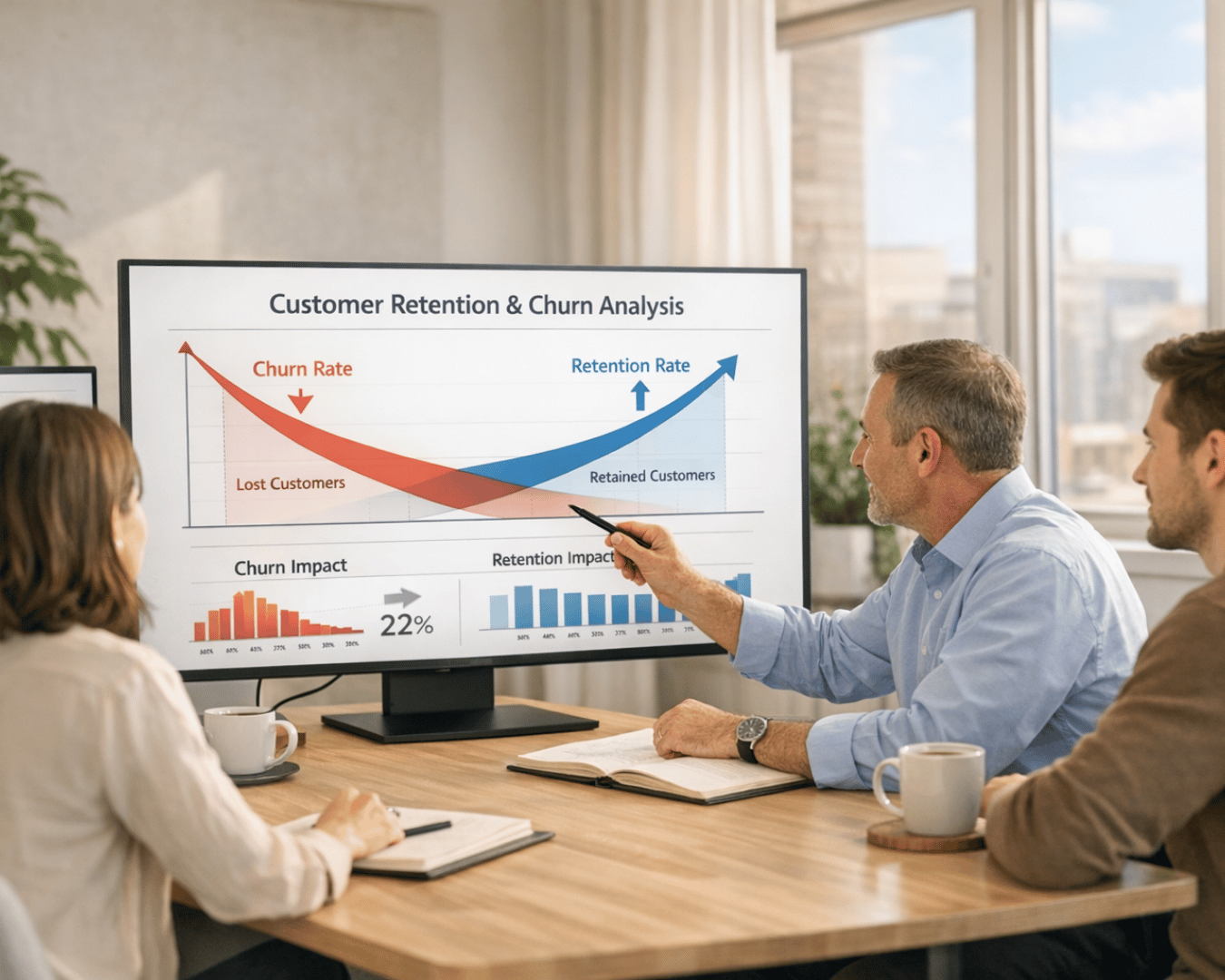
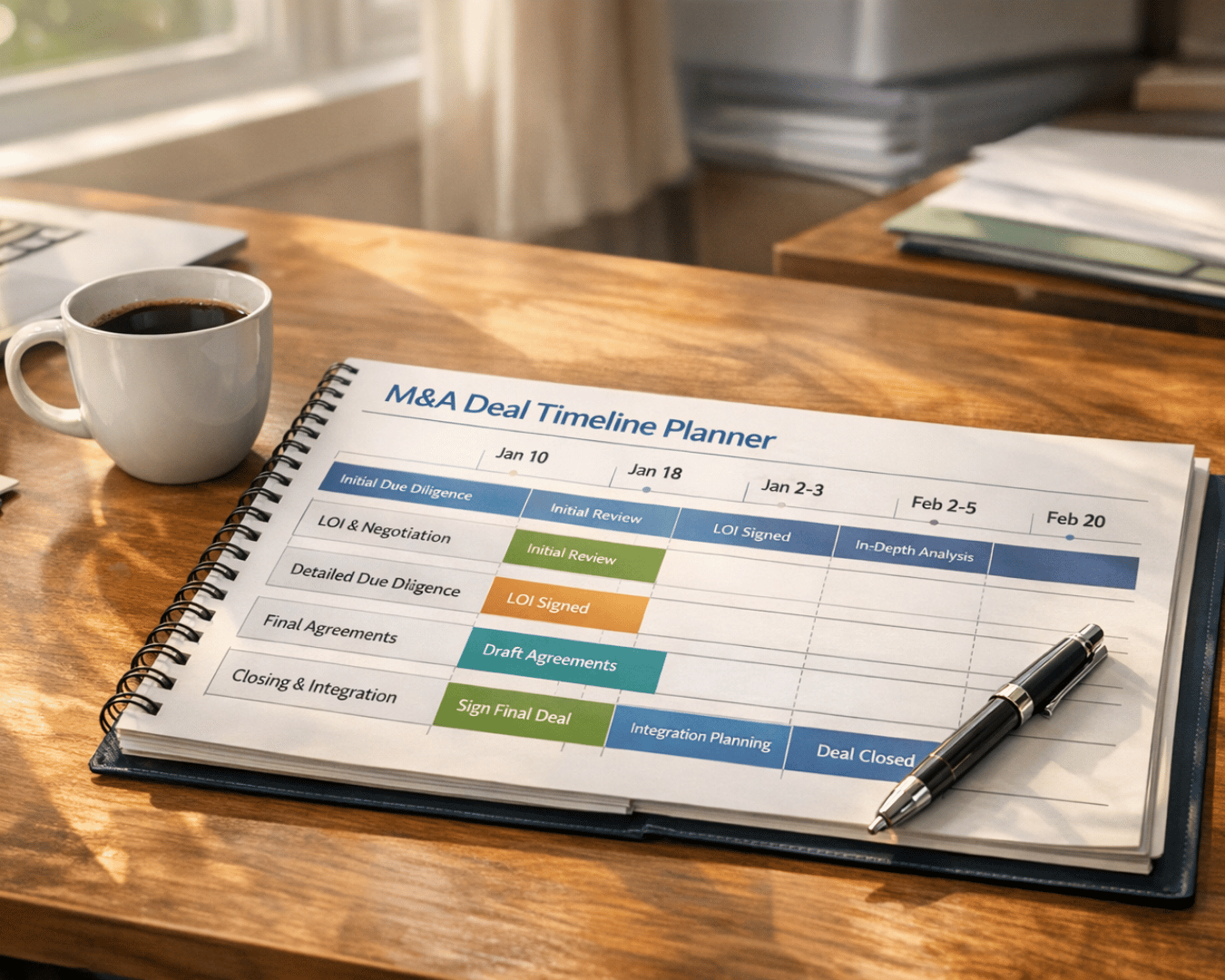











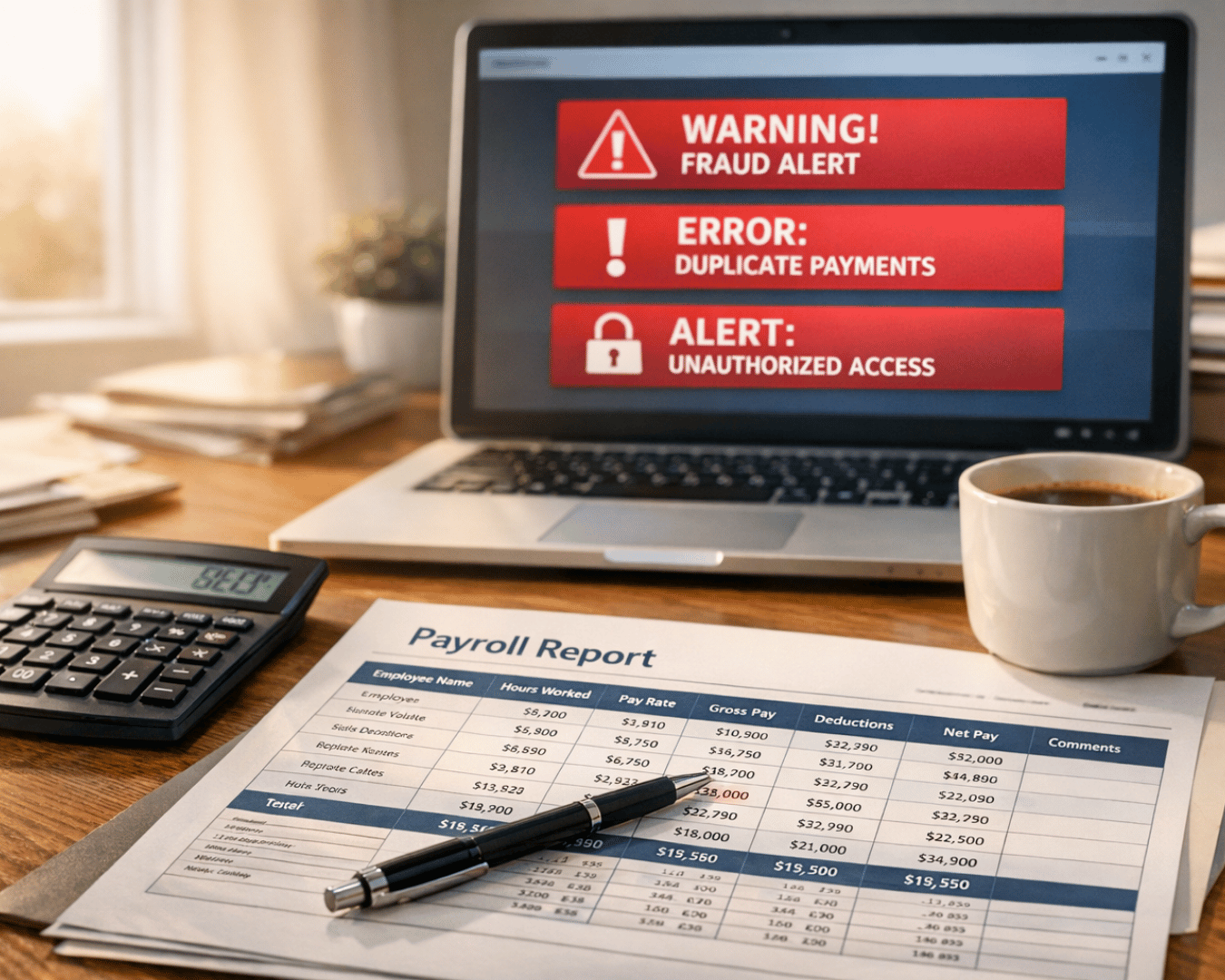








.png)
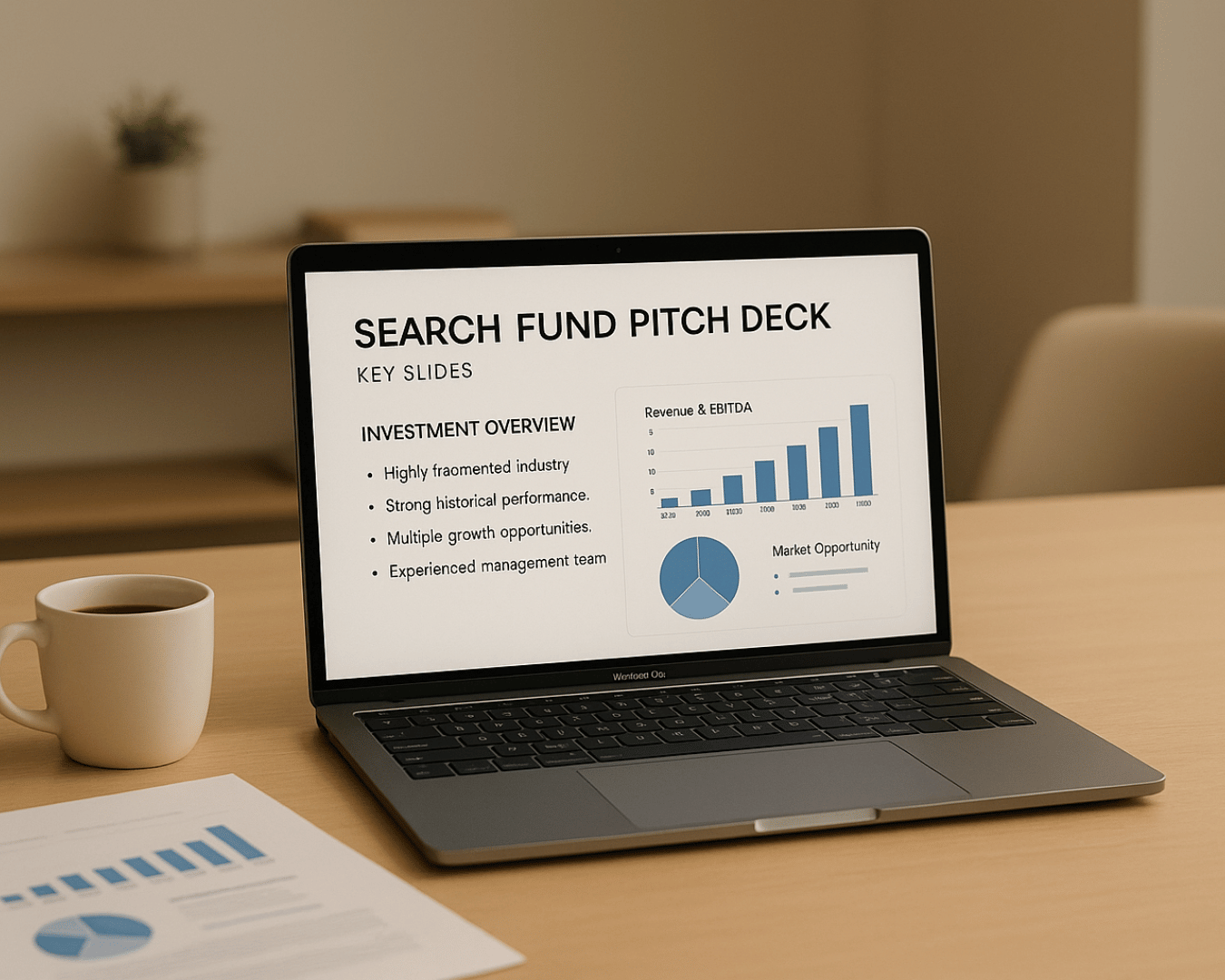







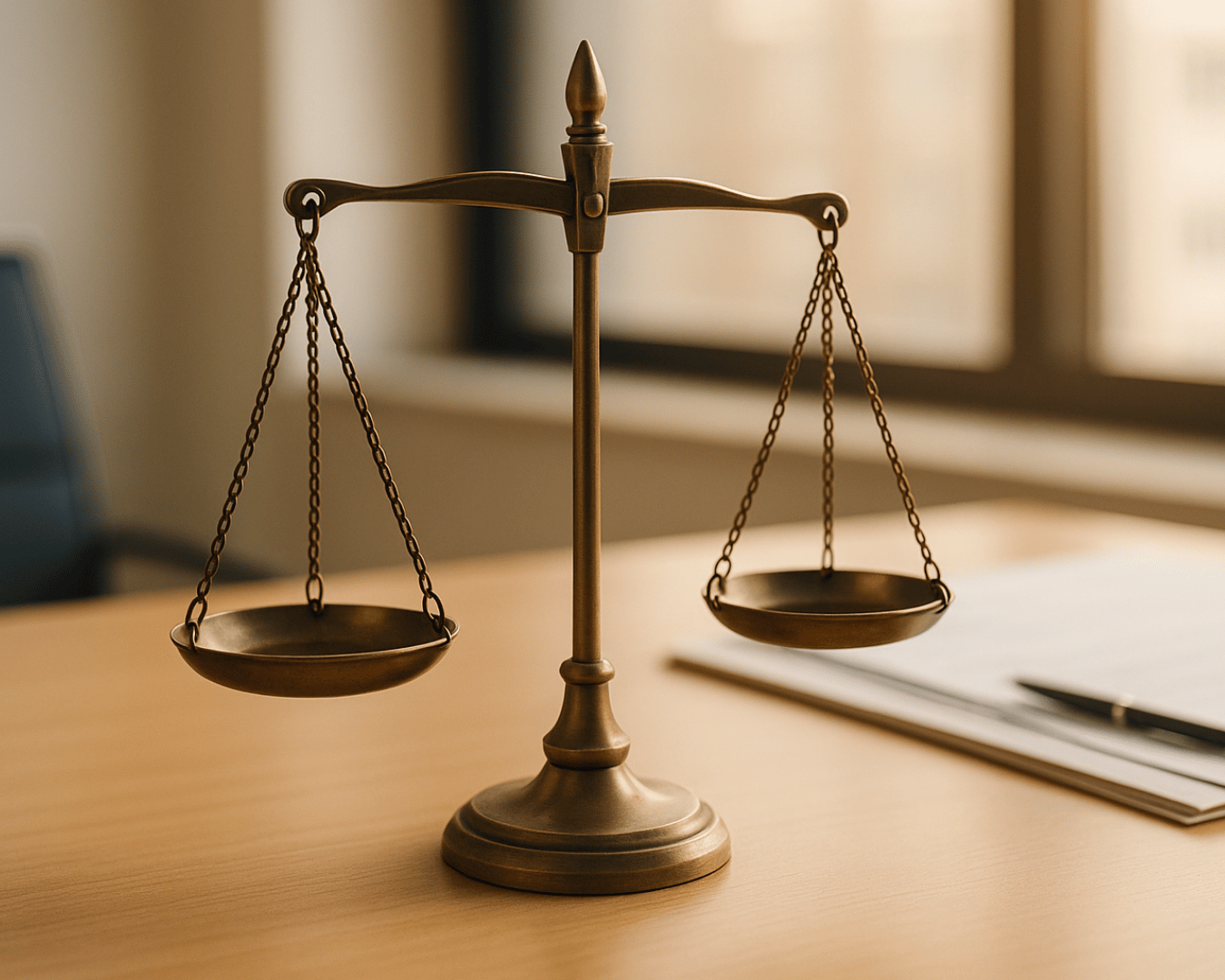




















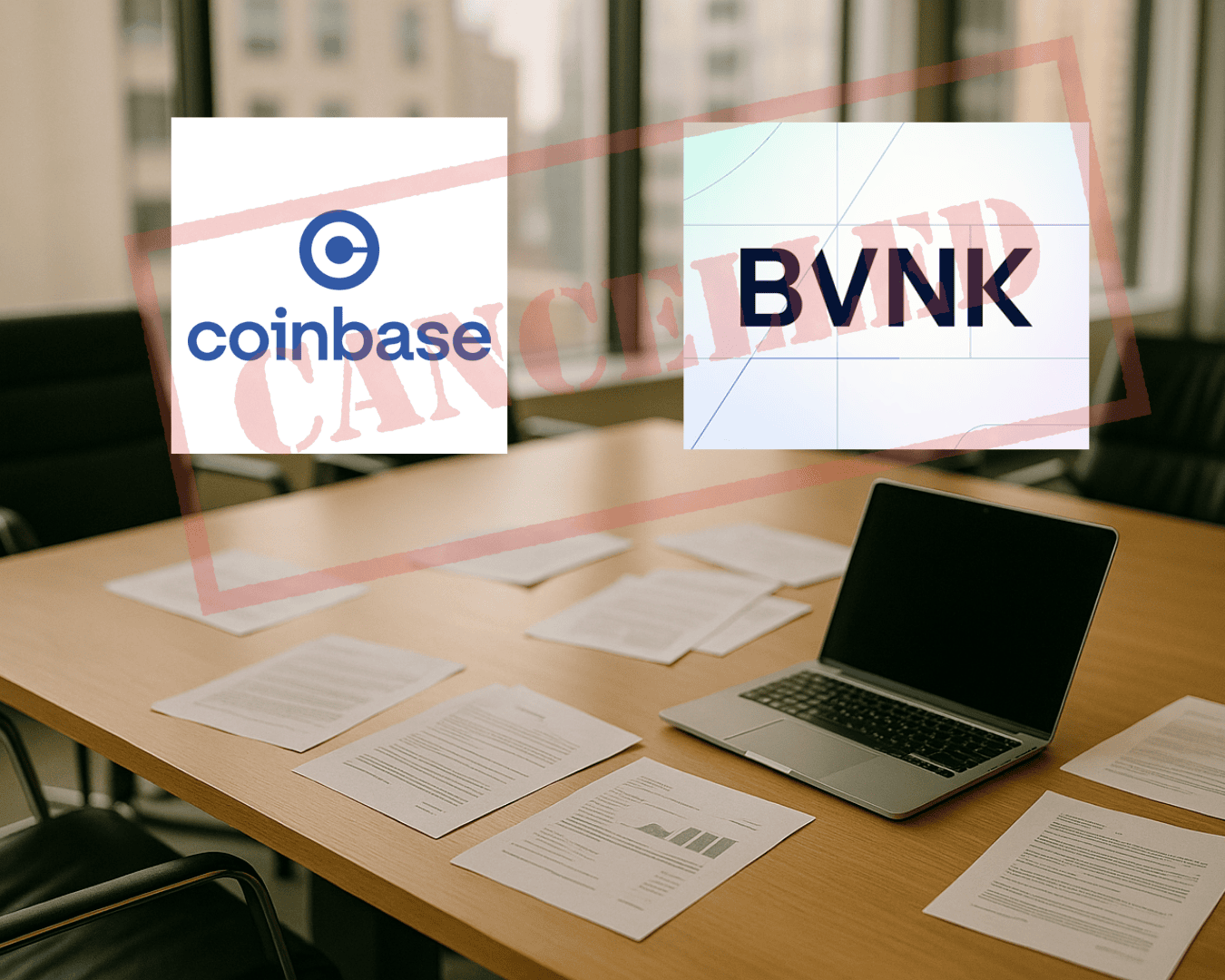









.png)




























